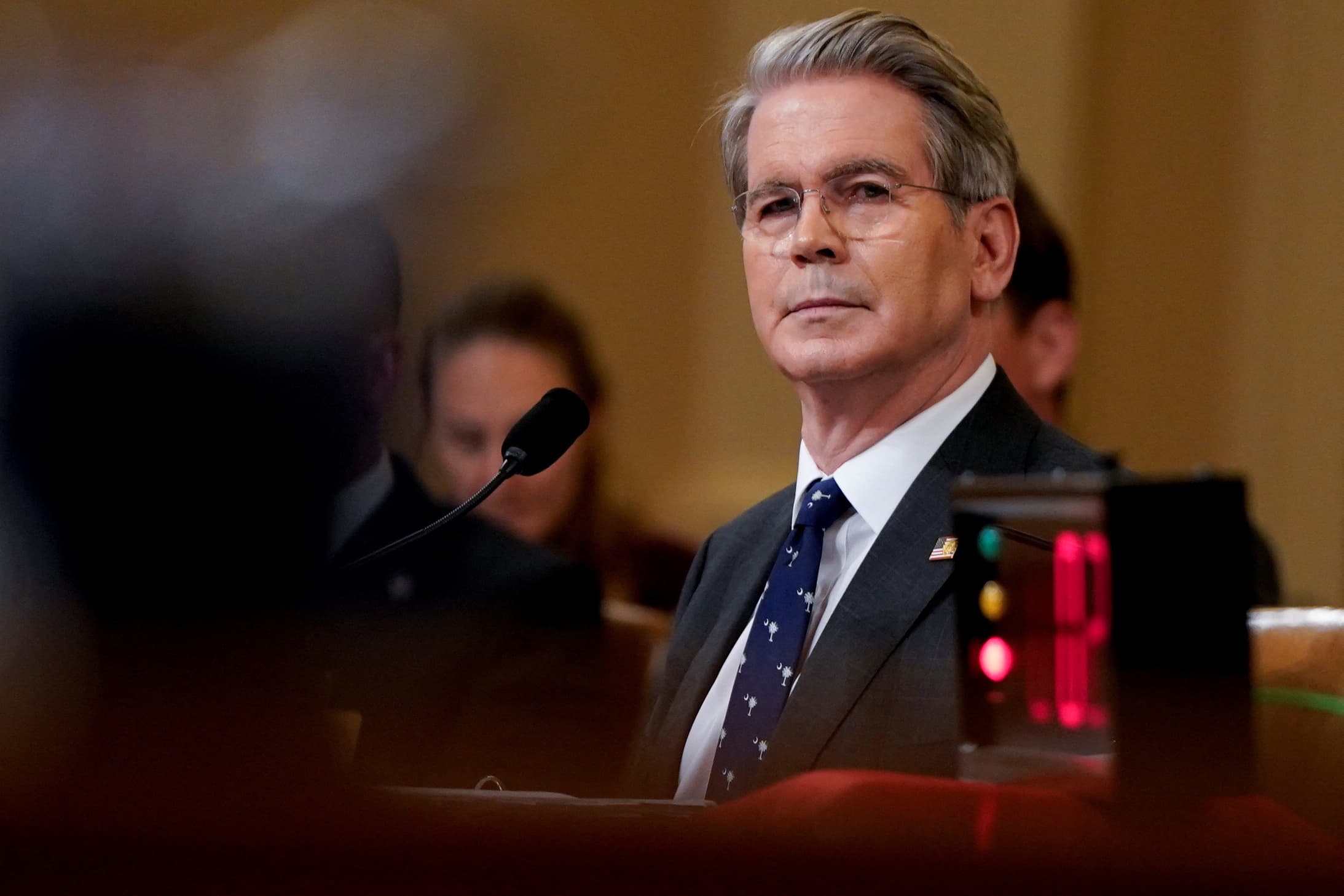TOKYO: The Bank of Japan (BoJ) will probably take its time before raising interest rates again, with October likely being the earliest it might move next, according to a former central bank official renowned as one of the nation’s leading inflation experts.
“I don’t think the next move will come so soon,” Tsutomu Watanabe, the former official and an economics professor at the University of Tokyo, said.
“The BoJ is likely to adjust policy by looking at data, and won’t act irrationally.”
The views of Watanabe, who was a potential candidate to become BoJ governor when the position opened up last year, contrast with those of some BoJ watchers who flag the risk the BoJ could move quickly as the yen slumps near a 34-year low due in part to rate differentials between the United States and Japan.
The professor expects the bank to take some time to gauge inflation trends, as the current price trend isn’t so strong.
The BoJ’s decision last month to end the world’s last negative rate didn’t appear to be an evidence-based policy move, as service prices remain somewhat lacklustre and a key data point in the form of inflation figures was due just a few days after the March 18 and 19 meeting, Watanabe said.
“I thought, what’s going on here? It’s not data dependent at all,” Watanabe said.
“There must have been some important reasons to hurry,” he said, adding that a weak yen was unlikely the catalyst, as the bank could send hawkish signals to quell pressures on the yen if it wanted to do so.
In ending the negative rate, the BoJ set the upper bound of its benchmark rate at 0.1%, far below the 5.5% equivalent rate maintained by the Federal Reserve (Fed).
That’s why many analysts predict the yen will stay under pressure until the prospects for rate cuts by the Fed become more clear.
A primary focus for the BoJ henceforth will likely be on how wage gains will be reflected in service prices, which so far haven’t shown any impressive acceleration, Watanabe said.
Japan’s service prices rose 2.2% in February, staying at the same pace as in the previous month.
Rengo, Japan’s biggest umbrella group for labour unions, reported after annual spring wage talks that its members secured an average 5.3% gain in pay, the best outcome since 1991.
To gauge the impact of the strong results on service prices, the bank needs to wait at least until August, Watanabe said.
That makes the month of October, when the bank releases an updated quarterly inflation outlook, the ideal potential timeframe for any follow-up hike, he said.
Some 62% of the central bank watchers forecast the next rate increase by this autumn – 23% said it would come in July and 26% pinned their bets on October, according to a Bloomberg survey.
The next most important task for governor Kazuo Ueda is to map out a plan for quantitative tightening, as the bank comes to grips with the biggest balance sheet as a ratio to economic size among major central banks.
While there is a debate on the extent to which the BoJ should cull its 600 trillion yen of bond holdings, Watanabe said authorities don’t need to get all the way back to the values that preceded the massive easing programme that began in 2013.
“The BoJ should telegraph even a vague idea of its thinking for quantitative tightening within this year,” Watanabe said.
“It’s fine to take several decades or even hundreds of years to shrink the balance sheet.”
Watanabe maintains a close relationship with the BoJ, continuing to participate in various workshops associated with the bank.
He has written books with titles such as The mystery of global inflation, What are prices? and Japan’s inflation and asset prices: decoding price dynamics.
He has also created his own alternative price index through a company he founded. — Bloomberg

